The Thin Film Power Inductor Market is currently characterized by a dynamic competitive landscape, driven by the increasing demand for compact and efficient electronic components across various sectors, including consumer electronics, automotive, and telecommunications. Key players such as Murata Manufacturing Co., Ltd. (Japan), Taiyo Yuden Co., Ltd. (Japan), and Vishay Intertechnology, Inc. (US) are strategically positioned to leverage their technological expertise and extensive product portfolios. Murata, for instance, focuses on innovation in miniaturization and high-performance inductors, while Taiyo Yuden emphasizes the development of environmentally friendly products. These strategies collectively enhance their competitive edge, fostering a market environment that prioritizes technological advancement and sustainability.
In terms of business tactics, companies are increasingly localizing manufacturing to reduce lead times and enhance supply chain resilience. This approach is particularly relevant in a moderately fragmented market where the collective influence of key players shapes pricing and availability. The competitive structure is evolving, with firms optimizing their supply chains to respond swiftly to market demands, thereby reinforcing their market positions.
In August 2025, Vishay Intertechnology, Inc. (US) announced the launch of a new series of thin film power inductors designed for high-frequency applications. This strategic move not only expands their product line but also positions them to capture a larger share of the growing market for RF and microwave applications. The introduction of these inductors is likely to enhance their competitive standing by addressing specific customer needs in a niche segment.
Similarly, in July 2025, Samsung Electro-Mechanics Co., Ltd. (South Korea) unveiled a new manufacturing facility dedicated to the production of advanced thin film inductors. This facility is expected to significantly increase their production capacity and improve operational efficiency. By investing in state-of-the-art technology, Samsung aims to solidify its market leadership and respond more effectively to the rising demand for high-performance electronic components.
Moreover, in September 2025, Würth Elektronik GmbH & Co. KG (Germany) entered into a strategic partnership with a leading automotive manufacturer to develop customized thin film inductors for electric vehicles. This collaboration underscores the growing trend of cross-industry partnerships aimed at fostering innovation and meeting the specific needs of emerging markets. Such alliances are likely to enhance product offerings and accelerate the development of next-generation technologies.
As of October 2025, the Thin Film Power Inductor Market is witnessing significant trends such as digitalization, sustainability, and the integration of artificial intelligence in manufacturing processes. These trends are reshaping the competitive landscape, with companies increasingly focusing on strategic alliances to enhance their technological capabilities. The shift from price-based competition to a focus on innovation, technology, and supply chain reliability is becoming evident, suggesting that future competitive differentiation will hinge on the ability to deliver high-quality, innovative solutions that meet evolving market demands.

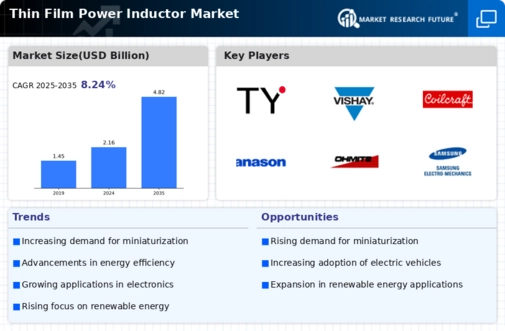
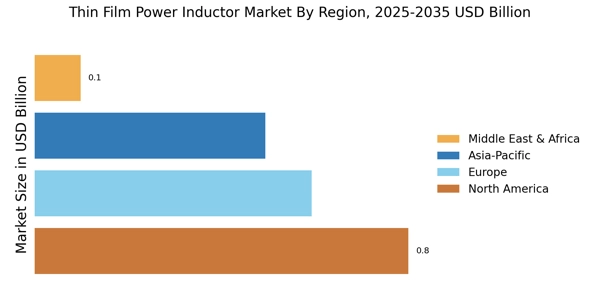

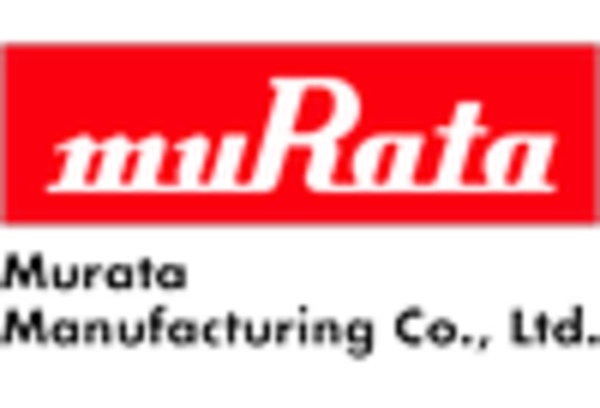
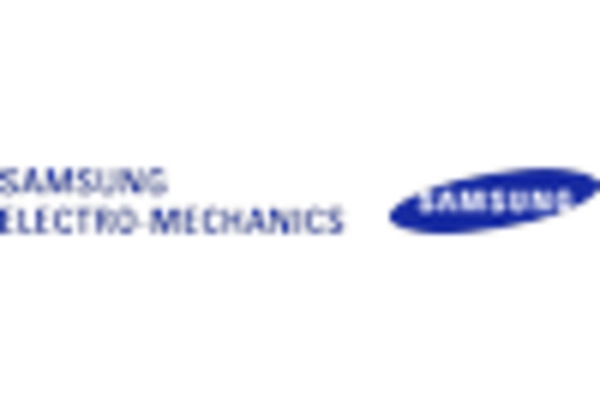
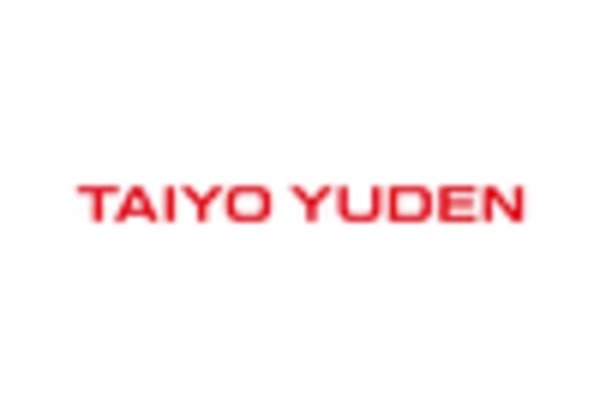
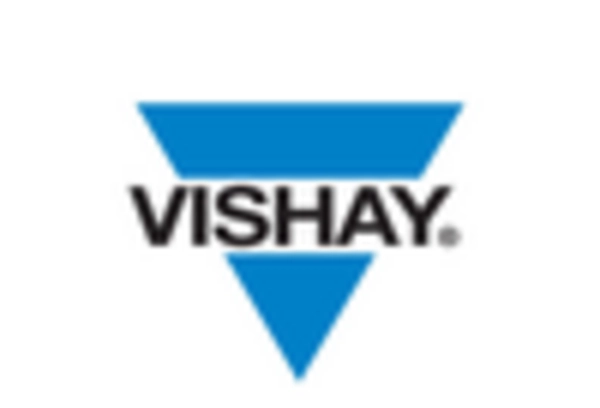
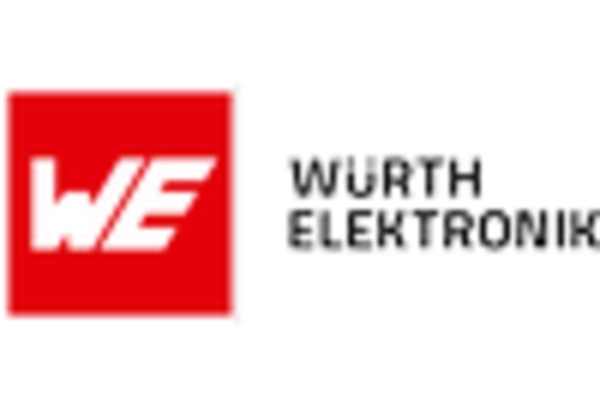








Leave a Comment